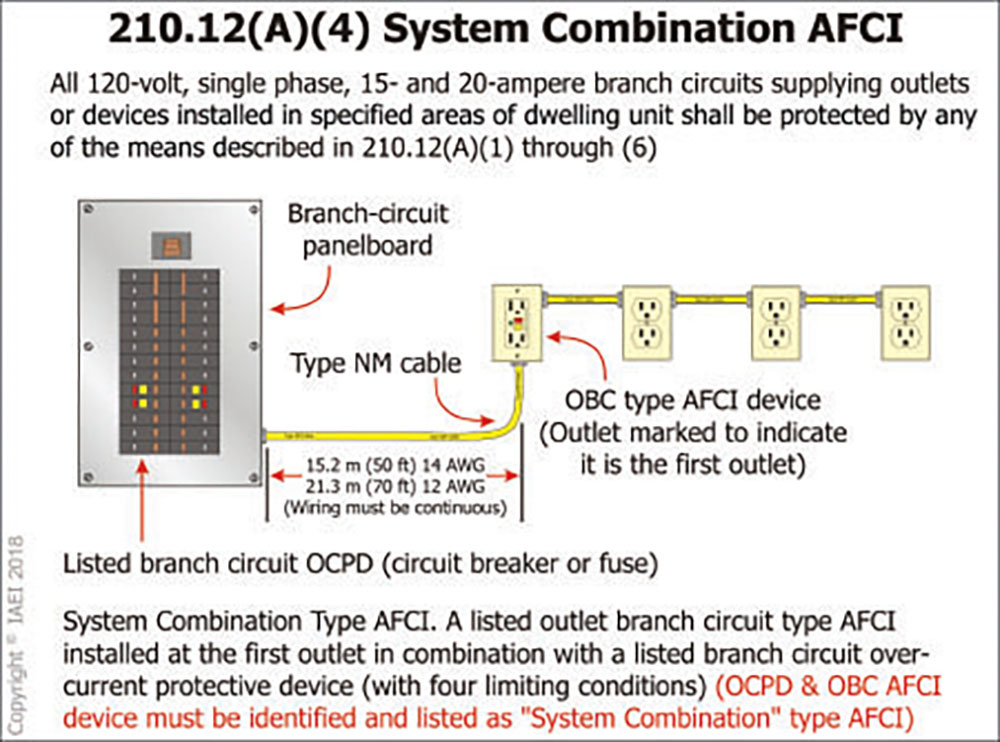The issue are:
1.AFCI breakers USE the neutral, but do not SENSE the neutral. It only SENSES the current in the hot line to look for patterns in the current flow that indicate there is an arcing fault taking place (setting aside the inaccuracy for this discussion). So an AFCI “only” breaker works fine with an MWBC, it’s just a 120V circuit as far as it is concerned. You can get (now) a 2 pole AFCI, but you don’t always need it for MWBCs. If you are only using it for two 120V circuits. You can use two AFCI breakers and a handle tie. (See #5).
2. A GFCI breaker DOES sense the neutral current in a circuit. So it CANNOT work on an MWBC, because the neutral current will not match the hot line current, since the neutral is shared with the other hot and it will trip.
3. So a DUAL FUNCTION AFCI/GFCI breaker cannot work on an MWBC either, because of the GFCI functionality. Note that contrary to common misinterpretation, a “Combination” AFCI (CAFCI) is NOT a combination of AFCI & GFCI, it means it is a combination of Series AFCI & Parallel AFCI. Neither of those sense the neutral current. So for an MWBC circuit that needs GFCI protection and must have AFCI now, you have to use AFCI breakers and GFCI outlets.
4. SOME brands** of AFCI & CAFCI breakers might ADD what is essentially an EQUIPMENT GFI function (GFPE), set for 30mA trip. It’s NOT a requirement, so apparently they just threw it in. THOSE type of AFCIs would not work in an MWBC, for the same reason above.
5. An MWBC does not “normally” need common trip, only handle ties. BUT, you CAN feed a 240V single load off of an MWBC, and if you do AND the load is 120/240 inside, you MUST have a common trip, not just handle ties. THAT is when you need the true 2 pole AFCI breaker, which is why they sell them now.
** I do not know who does or does not, I’m basing this on what I have heard, as I have never encountered it personally. It might be that some people have ASSUMED that there was GFPE built in, but I don’t know. I brought this up because IF true, they wouldn’t work on an MWBC and that would be why.


